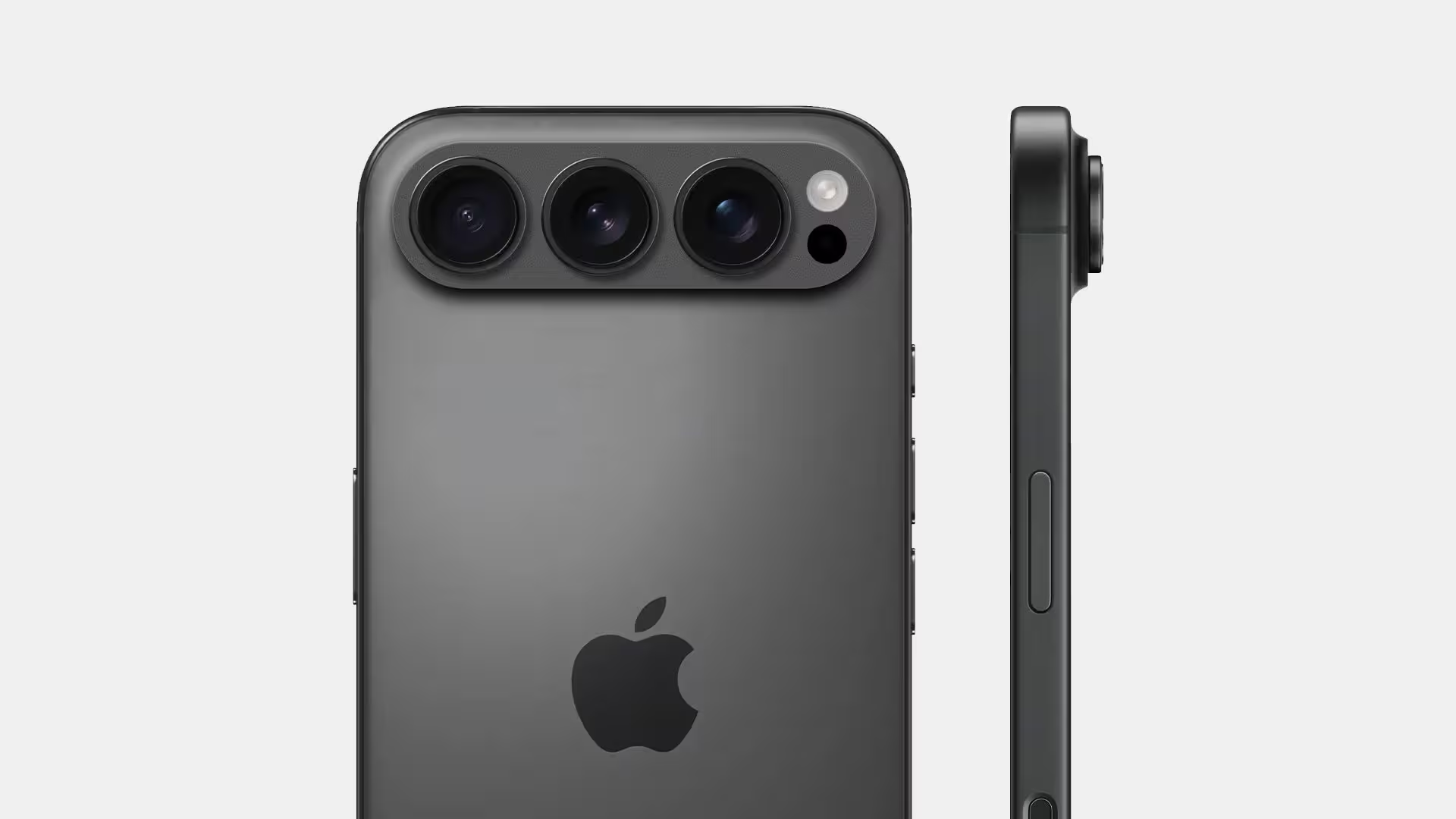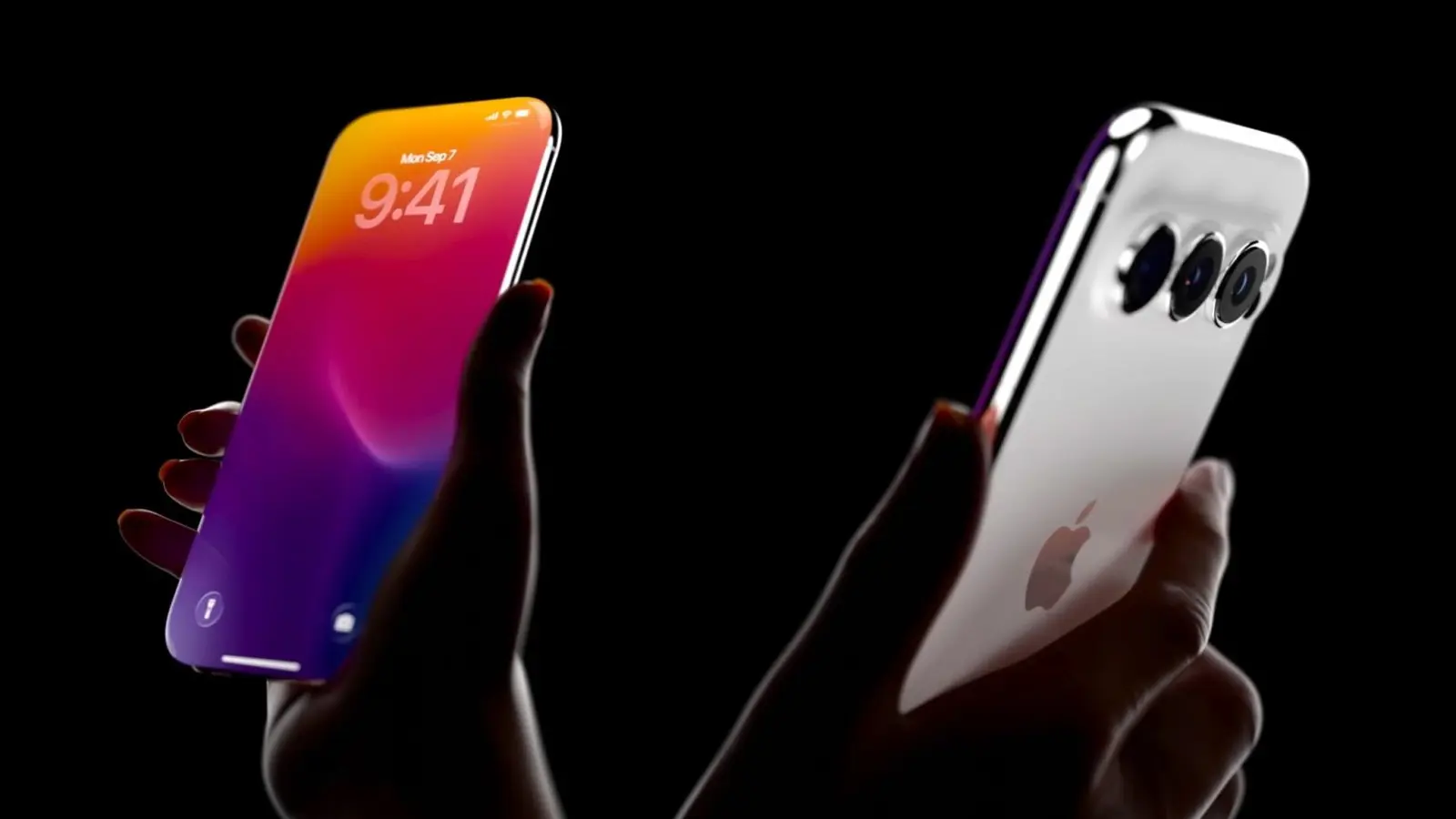4 Minutes
Apple is reportedly preparing a bold leap for its 2027 iPhone family, skipping 19 and celebrating the 20th anniversary of the original iPhone with major camera upgrades. The big claim: Lateral Overflow Integration Capacitor, or LOFIC, could arrive in the iPhone 20 lineup, promising a dramatic boost in low-light performance and dynamic range.
Why Apple might jump straight to iPhone 20
Apple is expected to mark two decades since the first iPhone by naming its 2027 flagship the iPhone 20. That symbolic move would come after several intermediate releases, including rumored foldable models. Beyond the marketing moment, sources on Naver — notably tipster Yeux1122 — say Apple could use the milestone to introduce LOFIC camera sensors, a change with technical and competitive implications.
What LOFIC actually is and why it matters
LOFIC stands for Lateral Overflow Integration Capacitor, a sensor design built on CMOS architecture. At its core, the technology helps a sensor handle both very bright highlights and deep shadows simultaneously, reducing noise and preserving detail in challenging lighting. In practice, that means better photos and smoother video in scenes with extreme contrast.
From technical tweak to cinema-grade dynamic range
Current iPhone sensors are rated around 13 stops of dynamic range. The LOFIC approach could push that figure toward 20 stops, aligning smartphone capture with the capabilities of high-end cinema cameras. For photographers and mobile filmmakers, that jump isn't just a number — it can translate to fewer blown highlights, richer midtones, and cleaner low-light detail without relying solely on computational tricks.

How this could change everyday shooting
Imagine shooting a sunset cityscape or a dimly lit concert. LOFIC-equipped sensors would better preserve both the glow of streetlights and the shadow detail in foreground subjects, reducing the need for HDR compositing or heavy noise reduction. The benefit applies to stills and video alike, which could make iPhones even more compelling as a single-device content tool.
Industry ripple effects: who else is on board?
- Tipster reports suggest major Chinese manufacturers, including Xiaomi and Huawei, are also planning LOFIC sensor adoption.
- Samsung, a key sensor supplier for many phones, reportedly has no visible LOFIC rollout plan, which could affect its competitive edge.
- Apple might rely on a mix of suppliers if Sony or others ramp LOFIC production fast enough, altering the sensor-supply landscape.
If multiple OEMs adopt LOFIC, the result could be a rapid upgrade cycle across flagship phones, with camera quality becoming an even stronger differentiator in the market.
Take it with a grain of salt
These claims come from a credible but unconfirmed Naver source, and Apple has not announced any details. Rumors about sensor changes and naming choices often shift as we approach launch seasons, so consider LOFIC as a plausible advancement rather than a confirmed feature. Still, the technical promise is clear: better dynamic range, cleaner low-light images, and a step closer to cinematic capture on a phone.
Whether Apple, Xiaomi, Huawei, or others bring LOFIC mainstream, the push toward cinema-grade sensors in smartphones looks set to reshape how we shoot, share, and stream visual stories on handheld devices.
Source: wccftech


Leave a Comment